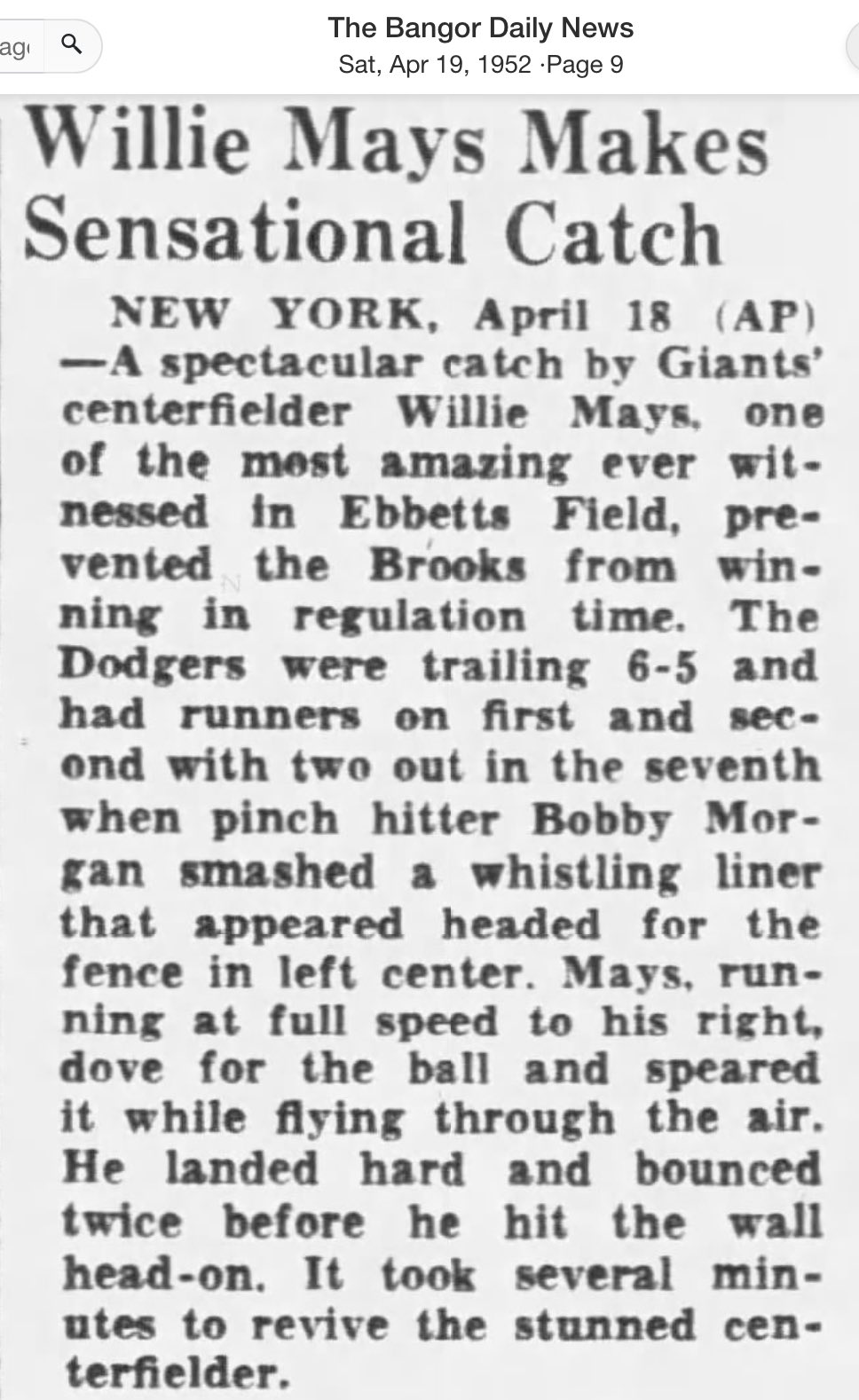A mere builder of more industrial plants, a creator of more railroad systems, and organizer of more corporations, is as likely to be a danger as a help. The day of the great promotor of the financial Titan, to whom we granted anything if only he would build, or develop, is over. Our task now is not discovery or exploitation of natural resources, or necessarily producing more goods. It is the soberer, less dramatic business of administering resources and plants already in hand, of seeking to reestablish foreign markets for our surplus production, of meeting the problem of under consumption, of adjusting production to consumption, of distributing wealth and products more equitably, of adapting existing economic organizations to the service of the people. The day of enlightened administration has come.
- Franklin Roosevelt, address to The Commonwealth Club of San Francisco, September 23, 1932
FDR was expressing the view of early 20th century Progressives (1). The world of the Founders had disappeared by the beginning of the 20th century with the emergence of Industrial America and thus their ideas about property and liberty were now outmoded. For the United States to continue to compete as a great nation the social reforms of late 19th century Bismarckian Germany and the government-industry cooperative model of the new corporatist Italian state provided a better path forward. It was a world where all the could be invented had already been invented; a world where the large corporations now existing would always exist; a static world in which the pie had been baked and now just needed to be sliced fairly.
The improvisation and chaos of the New Deal administrative agencies was supposedly controlled and regularized by the Administrative Procedure Act of 1946 which created a standardized administrative process governing the actions of administrative agencies. In retrospect, like many well intentioned legislative actions, the APA turns out to have unintended consequences, creating, without need of a constitutional amendment, a fourth branch of government, and providing effective cover, licensing agencies to create a sophisticated tangle of procedures that baffle and frustrate anyone who has to deal with them and prove expensive and time-consuming to legally challenge.
Since the days of the New Deal, the administrative state has metastasized, expanding its breadth, scope, and power, becoming ever more unaccountable, in ways that I think would astound even its biggest proponents in the 1930s. In its current state, its existence is incompatible with the rights and liberties of American citizens.
Contrary to the paeans to agency expertise penned by Justice Kagan (2) in West Virginia v EPA (2022) and in the Looper Bright case decided today, the expertise in federal agencies is in the processes and procedures that empower them rather than in the substance of what they ostensibly are regulating. Are there competent people at these agencies? Yes, and I dealt with some of them who were quite good at their jobs. But the best move on, leaving for more productive careers, while the bureaucracy promotes those best at protecting and growing the bureaucracy.
During the Trump administration, the Supreme Court overturned the Commerce Department's decision to add a new question regarding citizenship to the 2020 census on the grounds that it was "pretextual". That is, the stated grounds for the decision were not the actual motivating factors. The truth is that most administrative agency actions are "pretextual". Today's administrative agencies are dominated not by true subject matter experts, but by ideological personnel who use their expertise in process to advance their agendas.
The Supreme Court's decisions this week in Loper Bright v Raimondo and SEC v Jarkesy , along with Garland v Cargill decided two weeks ago, are blows against the administrative state. In the SEC case, the Court restored the right of defendants in cases involving civil penalties to have access to the judicial system and jury trials. The Court overturned the process that allowed regulatory agencies to pursue penalty cases brought by the agency and try them in front of judges appointed by the same agency! It restored the 7th Amendment rights of American citizens. Cargill overturned a Trump era regulation because it erroneously classified bump stocks as creating machine guns, ruling the ATF lacked statutory authority to due so, findings that the agency had creatively stretched the definition of machine gun to include bump stocks.
Loper Bright overturned the Chevron Doctrine, stemming from a 40 year old Supreme Court case in which the court ruled that in cases of legislative language ambiguity the federal courts would defer to the interpretation of federal agencies. The case involved fishing vessels and herring. Here's the summary from the New Civil Liberties Alliance (NCLA), which represented the fishermen and to which I contribute (NCLA also filed an amicus brief in the Jankesy case).
The National Oceanic and Atmospheric Administration implemented a Final Rule in
2020 to force fishing companies like Relentless Inc., Huntress Inc.,
and Seafreeze Fleet LLC, to pay for human at-sea monitors aboard their
vessels. Congress never gave the agency authority to launch such a
program. This at-sea monitor mandate
violates the Constitution’s Article I, and the agencies have exceeded
the bounds of their statutory authority. NCLA’s clients are small
businesses that commercially fish for Atlantic herring (as well as
mackerel, Loligo and Illex squids, and butterfish). Paying for monitors
would cost them more than $700 per day, substantially cutting into—or
even exceeding—their daily fishing profits for herring.
The U.S. Court of Appeals for the First Circuit upheld the
Final Rule, deciding that broad “necessary and appropriate” language in
the Magnuson-Stevens Act (“MSA”), which governs U.S. fisheries,
augmented the agency’s regulatory power. It then relied heavily on Chevron deference to uphold the agency’s ostensibly reasonable interpretation of a supposedly ambiguous federal statute.
Note that nothing in this case involved NOAA's supposed expertise in managing fisheries. Rather it was a question of how to pay for a monitoring system.
These cases are important wins against the administrative state and for American citizens but there is still much more that needs to be done. Good first steps, but we will see if the Court has the willingness to go further. Both the left and right overstate the impact of these cases, particularly Loper Bright, which does not dismantle the administrative state, but merely curbs its worst excesses to a limited extent. Administrative agencies and their supporters are relentless and will continue their attempts to undermine constitutional rights.
(3)-------------------------------------------------
(1) 20th and 21st century Progressivism while sharing a philosophy of government control by bureaucracy (read My Senator for more on this), differed in many other significant ways. The 20th century version was nationalistic, demanded assimilation into The American Way, and would have rejected multiculturalism and identity as demanded by today's progressives.
(2) Of the three Justices appointed by Democratic presidents, Kagan is by far the best. Thought I disagree with her judicial philosophy she is very intelligent, a clear thinker, and an effective writer. It is worth reading her dissents; the other two, not so much. When Kagan joins a dissent from one of the other two but does not write herself it's a signal that it can be safely ignored. For instance, in this week's opinions in City of Grants Pass v Johnson, the Court ruled that a city ordinance prohibiting overnight camping on city property by anyone, is not a violation of the 8th Amendment prohibition on cruel and unusual punishment when applied to the homeless. Justice Sotomayor wrote a ridiculous dissent joined by Kagan and Jackson. Like many of her opinions, it is bereft of intellectual substance and simply a polemical policy piece.
(3) The bureaucracy has many ways to get you. EPA, the agency I'm most familiar with, was created in 1970 and administers several very complex statutes, requiring extensive regulatory schemes. These regulations were often ambiguous and confusing and companies would write the agency asking it how it interpreted the application of their own regulations. The object was not to file legal challenges but to simply allow the company's employees to operate in compliance and not be vulnerable to enforcement actions. At its discretion, the agency would respond with a guidance letter. However, the letter only went to the company making the inquiry and could not be located easily by other companies trying to ensure compliance with the same regulatory provision. During the 80s and 90s, several DC based environmental lawyers became known for having the best collections of these guidance letters and if you wanted advice you had to pay for it.
During those years I had conversations with EPA attorneys in two Regional offices about this situation. They were also frustrated because they also did not have ready access to the guidance letters, explaining that the enforcement attorneys at EPA HQ wanted to keep distribution restricted in order to maximize their ability to use enforcement discretion in the future and did not want to be bound by its interpretations. This amounted to keeping the regulated community uncertain of how to act for the purposes of allowing the agency to arbitrarily use its power to punish.
When the Trump Administration came in, the new EPA Administrator directed that all guidance letters be made available on a searchable database, which was done over staff objections. Within a week of President Biden taking office, the database disappeared from EPA's website. I know that a previous EPA General Counsel issued a similar directive to his staff which simply ignored it until he left.







 (Ruth, on right)
(Ruth, on right) 



